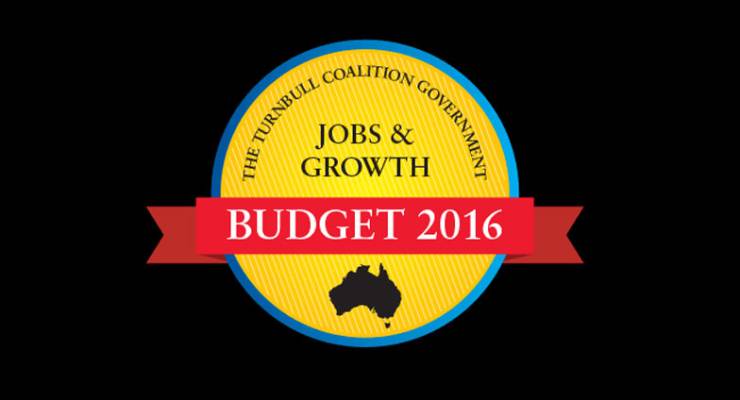
Growth may be solid, but the jobs side of Malcolm Turnbull’s three-word election slogan is starting to looking decidedly soggy, judging by the May employment report today from the Australian Bureau of Statistics.
While the country was staggering into the longest election campaign on record, the jobs boom-let of late 2015 was disappearing further and further into the rearview mirror. According to the ABS, trend employment “eased further in May 2016”, a change of words from the April statement, when the ABS said trend employment growth “continued to ease from the relatively strong growth seen in late 2015.” Trend employment — which the ABS now prefers to use over seasonally adjusted, due to concerns about the volatility of the latter — increased by 3700 persons to 11,919,400 persons in May, which is a monthly growth rate of 0.03% — well below the economy’s usual growth rate and way below the peak last September of 0.26%. In both trend and seasonally adjusted terms, unemployment remained at 5.7%.
And that growth was again mainly part-time work: up 12,600 jobs, while full-time employment was down nearly 9000 jobs. As the ABS pointed out, “this is the eleventh consecutive month with part-time employment increases of more than 10,000 persons; and fourth consecutive month with full-time employment decreases of more than 5,000 persons.” A rise in part-time work is usually a sign of employers either uncertain about the strength of current demand, or worried that what they are now experiencing indicates that future demand will soften.
The numbers of hours worked has also fallen for the past four months, which points to a weakening in demand. The ABS pointed out that, on a trend basis, employment increased by around 217,000 persons (an annual growth rate of 1.9%), which is sharply down from the peak of 298,000 new jobs and a growth rate of 2.6% last December. Both figures have eased as 2016 has gone on, indicating a trend, not a series of one-off events.
For the markets this should be enough to start alarm bells ringing about the future level of interest rates and the timing of another rate cut from the RBA, especially if Britain votes next week to leave the EU, a move that could trigger an outbreak of market instability. After remaining steady around 74.20 in the wake of the ABS release at 11,.30 am, the dollar slid to just on 74 cents 20 minutes later, a sign investors see another rate cut in the near distance. At the same time, the yield on 10-year Aussie bonds fell to a new all time low of 2.02% this morning before the release.
And remember, there’s a whole other month of election campaigning to go. We’ll see what that did to the June jobs figures in four weeks’ time.
* Note: The yield on the Australian 10 year bond fell below 2% to 1.998% for the first time ever after this story was written.







Your headline is misleading, bit like Daily Telegraph, part time outstripping full time jobs. For heaven sakes, full time are being lost not gained!